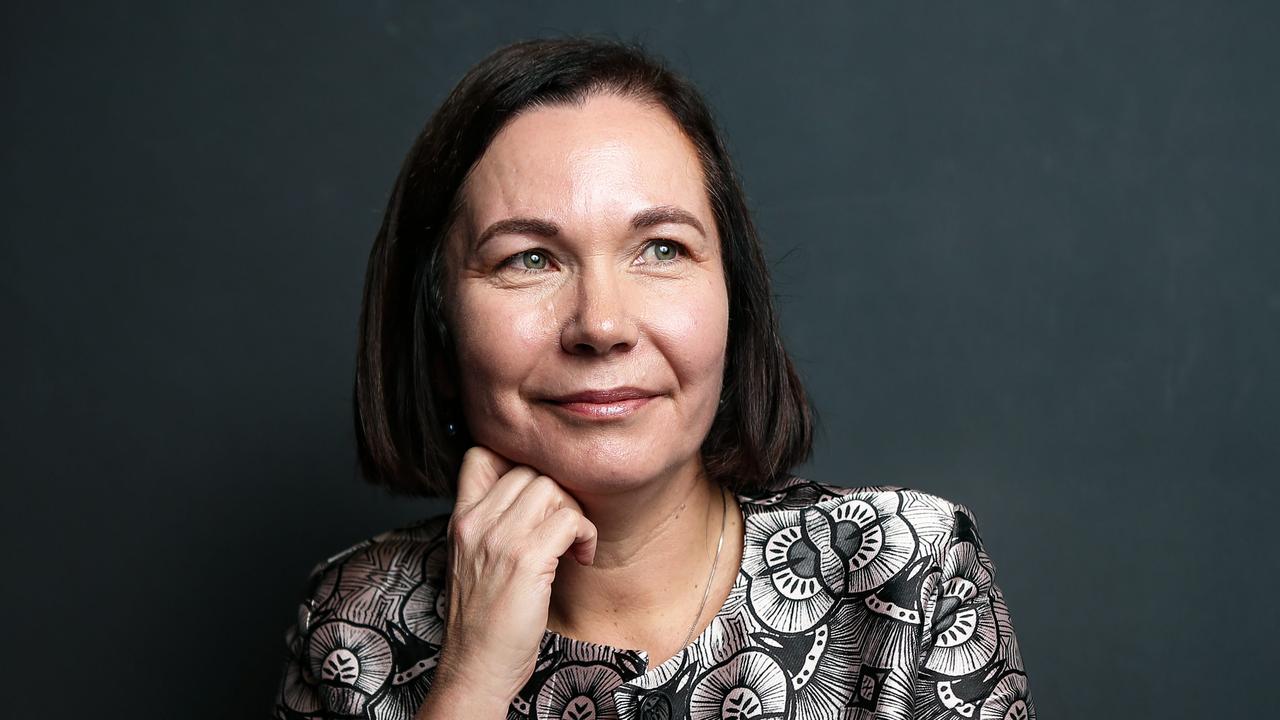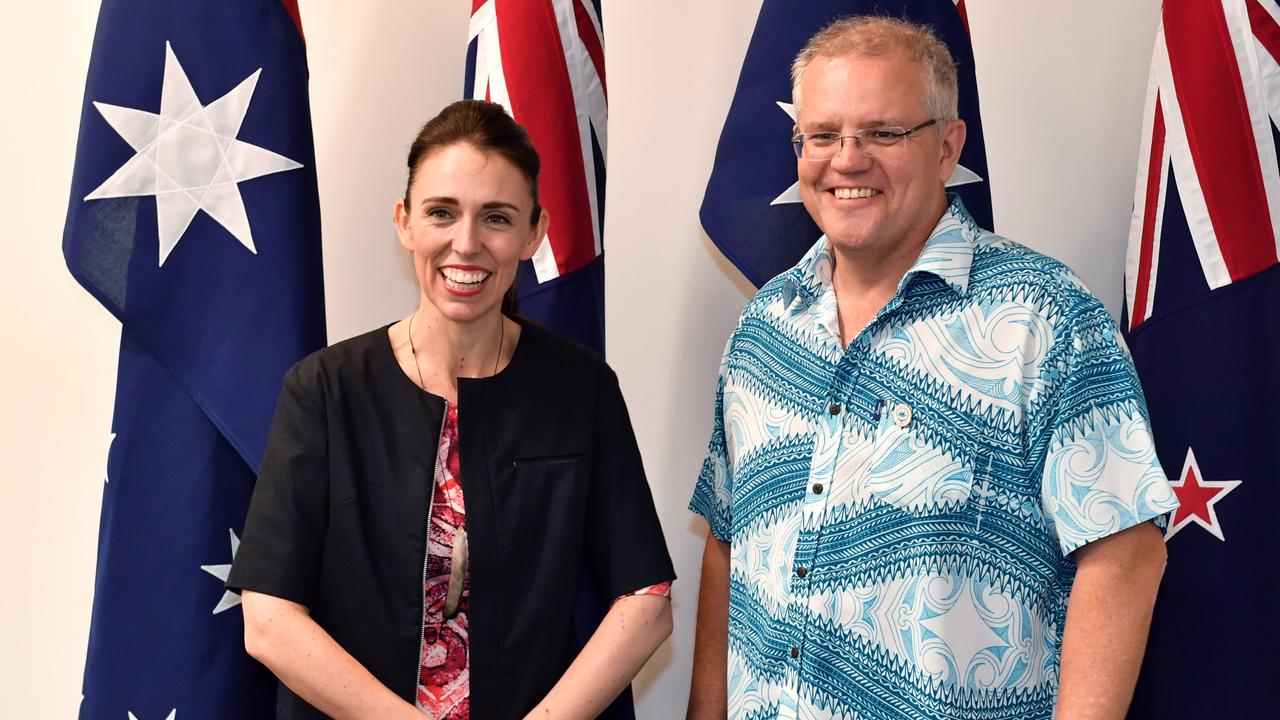
IT’S a great shame that the magnificent Shiva Nataraj bronze turned out to be a stolen work sold to the National Gallery of Australia by a fraudulent dealer in antiquities.
For years since its acquisition I paused on almost every visit to the gallery to admire it and other masterpieces in the Indian collection; not infrequently, the work that I had come to review fell far short of the authority, the technical refinement, and the sheer numinous presence of the dancing Shiva.
There was thus nothing wrong with the quality of the pieces acquired for the NGA — indeed they were consistent with its policy of collecting a smaller number of works than some other museums, but all of the highest quality.
The problem was with the provenance and documentation, especially since changes in legislation around the world concerning exports of cultural items have, over the past few decades, made it much harder to purchase and trade such pieces legitimately. And one of the questions raised by all this is whether galleries have been too eager to build their collections of Asian art, and not taken enough care in the process.
The obvious way to get around the new legal restrictions on the market was to make it look as though the works had been originally purchased long before they applied. Papers are forged to prove, for example, that a work was acquired by the dealer from a wealthy but discreet private collector in Geneva.
The obvious question is whether the gallery could have taken more care to avoid being duped, and it is hard for non-specialists to pass judgment on this. One thing that seems clear is that conveniently old provenances for works like this will be subject to a new level of professional scrutiny in the future.
Perhaps there was also a degree of haste involved. Australia has some fine collections of Asian art, the oldest being that of the National Gallery of Victoria with most pieces presumably acquired before the increasingly stringent regulations of the last half-century. The Art Gallery of NSW collection grew considerably under the direction of Edmund Capon. South Australia also has some fine work, and is likely to acquire more works by bequest from a generous patron.
The National Gallery of Australia may have felt some pressure to catch up, especially at a time when we are constantly told that our future lies in Asia and that our wealth derives from doing business with rapidly growing Asian economies.
In any case, the NGA had cash for acquisitions in the field of classic Asian art, but found itself in an increasingly competitive market for a limited number of masterpieces, and may have been insufficiently sceptical of a dealer who kept offering them such rare and beautiful pieces.



